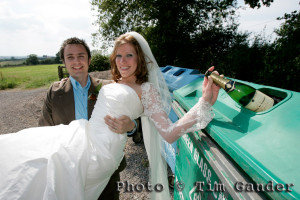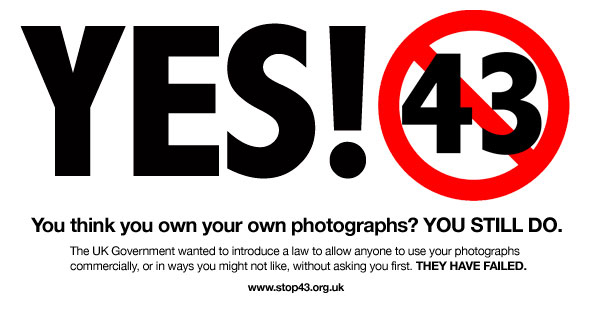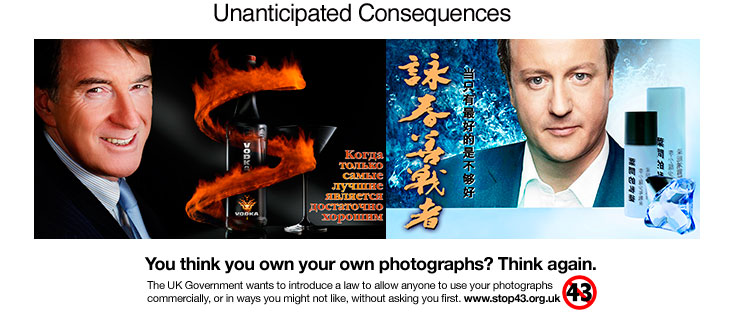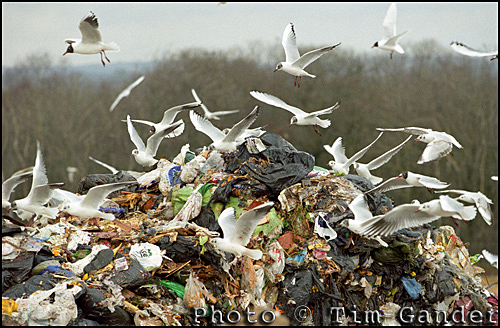
Every photo we take has an environmental impact.
The environment is something we all like to photograph, but what damage are we doing to the very thing we wish to capture with our cameras? I’m not sure who first said “take nothing but pictures, leave nothing but footprints,” but apart from sounding a little smug and preachy, they had a point.
Sure enough in the days of film we had to accept that the chemicals used to make the film itself, and the chemicals used to process it were pretty unpleasant. Then there were the materials that went into making cameras. Steel, plastics, rubber, glass, alloys, titanium. As cameras became more sophisticated, electronics and their attendant environmental impact came into play.
The modern digital camera is packed with all manner of fairly unpleasant materials. Alloys for the body, titanium for the shutter, and all those electronics – so many more than were generally used in the days of film. And here’s the real rub. A film camera of “yore” could easily give 10 years good service, where even high-end digital cameras wouldn’t be expected to last more than maybe 3 years. If you’re looking at obsolescence (as opposed to just being worn out), you’re lucky if a camera isn’t replaced within 18 months now.
Each time a new model appears, a few more pixels, better metering, video function built-in, you can bet that a number of perfectly useable cameras will be mothballed, maybe sold on Ebay, but ultimately disposed of.
You have to ponder the environmental cost of manufacturing a modern digital camera, and its cradle-to-grave impact.
Even as we use our cameras, we’re making an impact on the environment. Traveling to and from locations, using computers (some of which have the longevity of a lettuce) to prepare and store our images, 24/7 server systems hosting our efforts on sites such as Flickr, or maybe a stock image library. Millions of photos sitting there which nobody asked anyone to take, which might never get used in any useful way, and the majority of which add nothing to our cultural heritage.
I’m not saying every photo we take has to be “worthy”, and that all else is a waste of resources, I’m just saying maybe we need to consider these issues. We’re very good at ignoring what we can’t see. Each of us thinks we deserve the latest camera, that it’s just one camera, and we’ll vaguely hope for a way to dispose of it at the end of its life in a way that doesn’t harm our immediate surroundings.
Figures reported in Amateur Photographer show that in May 2009, almost 434,000 compact cameras were sold in the UK and nearly 43,000 digital SLRs in the same month. That’s astonishing; that’s just the UK, and in just one month during the worst recession since the dinosaurs died out.
One day, all those cameras plus all the ones sold World-wide every month, will end up either being recycled or in landfill. One way or another, all the associated computers, servers and drives for hosting photos, plus all the batteries, chargers and other detritus of technology, will become a problem.
So how can responsible photographers limit their individual impact on the environment? I don’t have instant answers here, but in my next posting I hope to offer some guidance on where we can limit our impact.
In the meantime, I’d love you to tell me what ideas you have, or ways you already use, to limit the impact of your photography on the environment. Feel free to comment here, on this web site, which requires a computer server, run by electricity, generated by coal, gas, nuclear…















